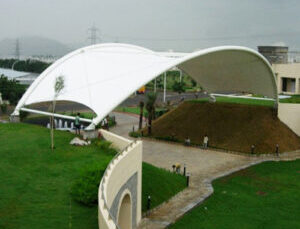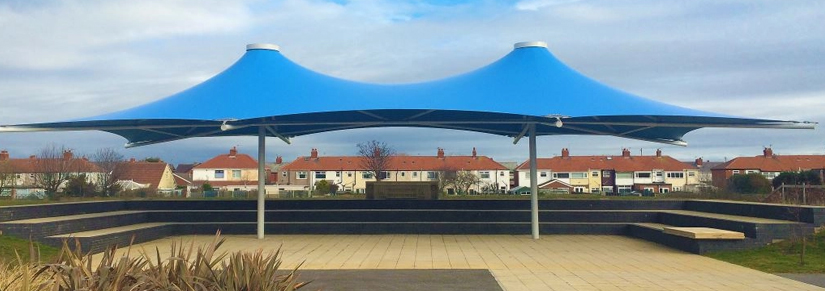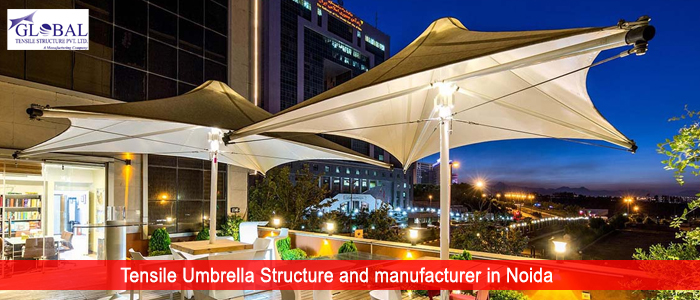Unlocking the Future of Architecture Through Transformative Design
May 31, 2025 By admin

Unlocking the Future of Architecture Through Transformative Design
The world of architecture continues to evolve due to innovation, sustainability, and a quest for breathtaking aesthetics. The most revolutionary breakthrough in modern design today is the use of tensile structures—light, flexible architectural designs that defy traditional construction canons. Such structures, which are often the design of the top tensile manufacturers, are defining skylines and rewriting the book on what is possible in building construction.
But what’s so transformative about tensile structures? How are innovative engineering and creativity being pursued by tensile manufacturers? Let’s explore.
What Are Tensile Structures?
Tensile forms are the types of architectural order based on using taut fabrics or membranes to provide dynamic, efficient forms as supported in plane by cables, frames, or pylons. Unlike the fixed, rigid structures, they are under tension, not compression. Therefore, they provide spacious areas with column-free openings and deformable organic shapes.
Key Features of Tensile Structures:
Lightweight & Efficient: Use fewer elements than traditional buildings require.
Durability & Weather Resistance: Membranes with high performance shall withstand extreme conditions.
Design Versatility: Can be shaped into almost any shape, from incredible canopies to futuristic domes.
Sustainability: save materials, energy-efficient properties.
The roles of contemporary architecture of tensile manufacturers.
There is a specialist tensile manufacturer behind every stupendous tensile structure that trades in mastery in precision engineering and ingenious materials. These manufacturers will play a very critical role in achieving visionary designs.
Advanced Materials Development—Pulling the strength and long-life power of PTFE, PVC, and ETFE by using membranes.
Engineering Bespoke Solutions—Fit to the design requirements of aesthetics and usefulness.
Assuring structural integrity—uniting computational modeling and actual testing for safety.
Leading manufacturers of tensile structures create landmarks with architects used for such purposes as stadiums, airports, and pavilions, mixing art and engineering.
Iconic Examples of Tensile Structures
The Denver International Airport (USA)—a huge structure that resembles more a sports dome than an airport building. It is a perfect example of a tensile structure. The white color of the huge Teflon-coated fiberglass roof beautifully imitates the Rocky Mountains.
Munich Olympic Stadium (Germany)—Accomplished design using acrylic glass and steel cables, marking the beginning of the modern stadium.
The Khan Shatyr Entertainment Center (Kazakhstan) – A huge transparent tent, designed by Norman Foster, is an example of what tensile structures can achieve in the most extreme climates.
The Future of Tensile Structures
Tensile structures will continue to increase their share in sustainable and adaptive architecture with technological advances. Innovations like
Smart Membranes—autonomously cleaning, solar-sensitive, and power-producing fabrics.
Modular & Temporary Designs—Scharg: Pop-up shelter & disaster relief structure.
Biomimicry in Design—The imitation of natural shapes for the most efficient solution.
With a continually innovative approach by tensile manufacturers, the future of architecture is not just a matter of structures, but it’s about experiences, sustainability, and endless imagination.
Conclusion
Tensile structures are not only buildings of awe-inspiring magnitude; they are a movement to lighter, more sustainable, and more impressive design. Due to innovative tensile manufacturers, these structures are opening new potential in urban settings, stadiums, and other public areas.
There is one thing that is unequivocal as architects and engineers keep inventing: the future of architecture is amenable, vibrant, and tense.






